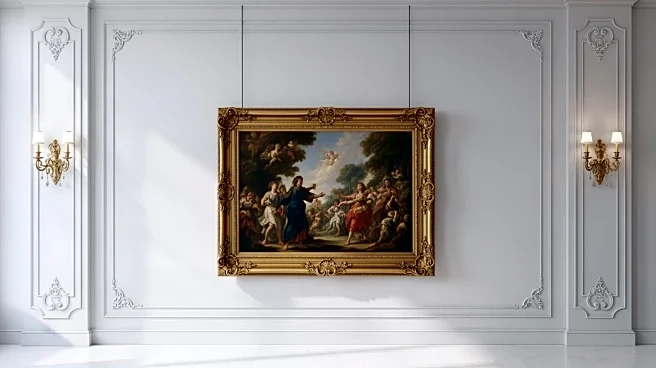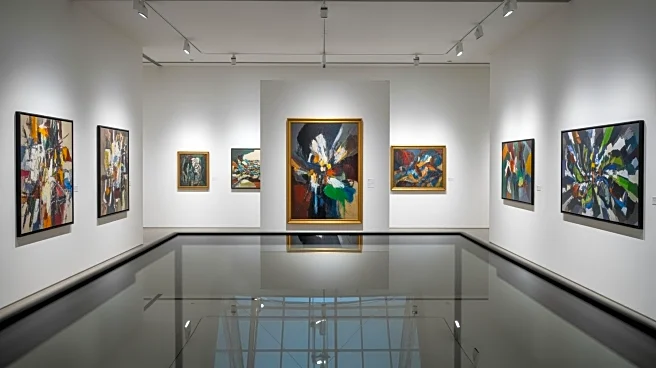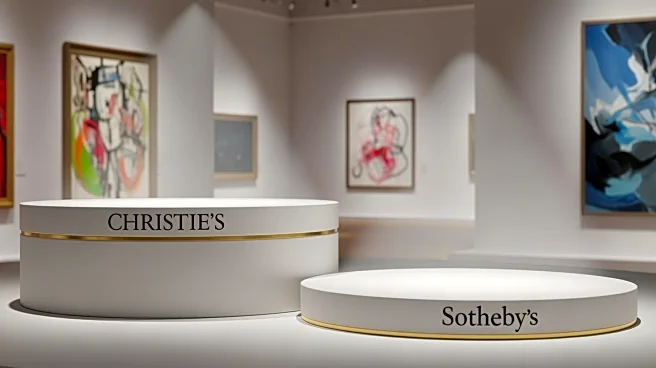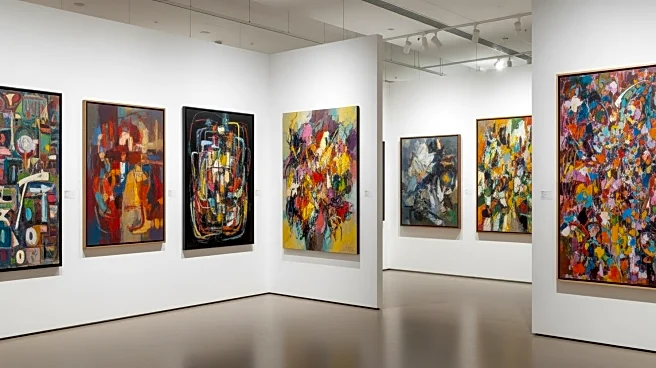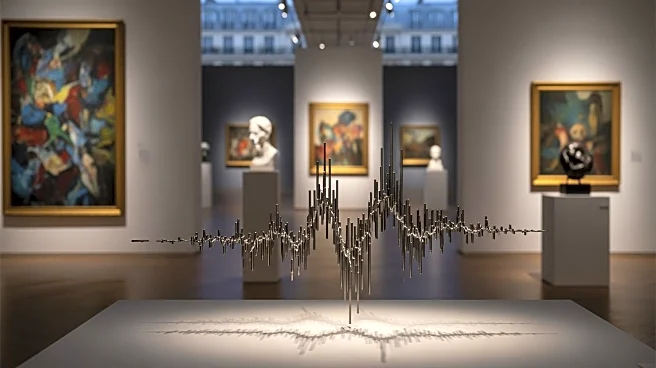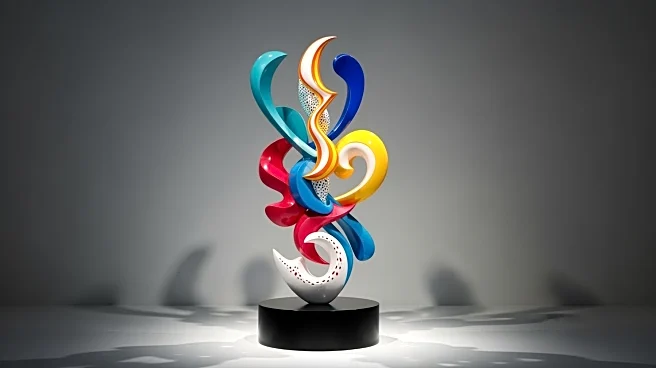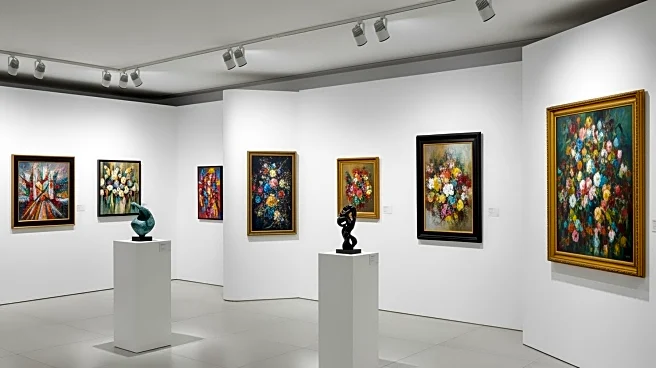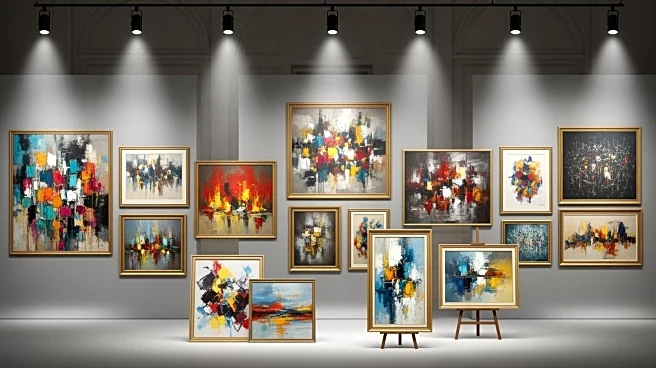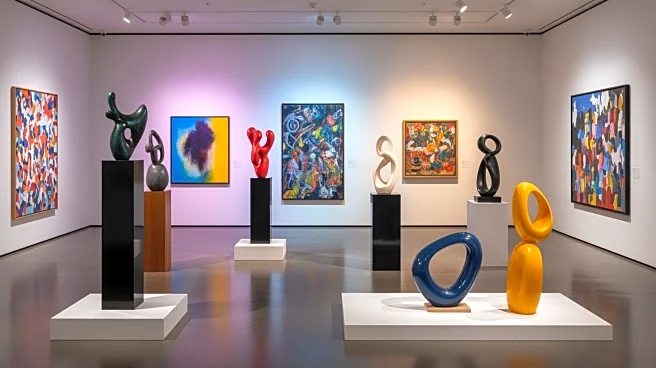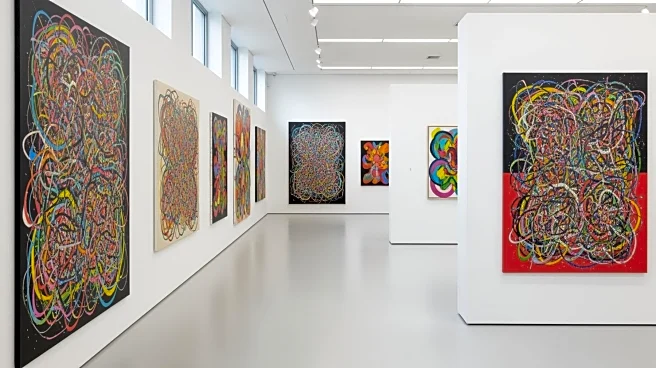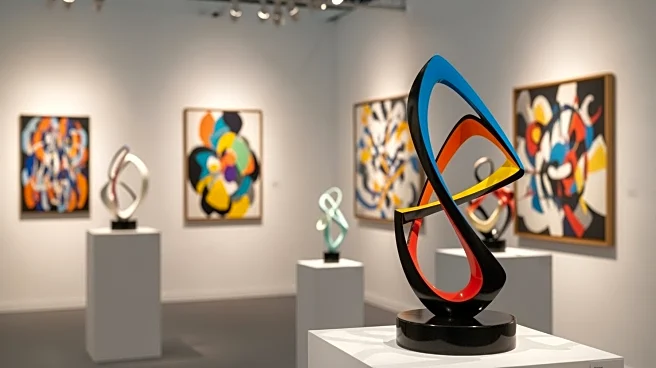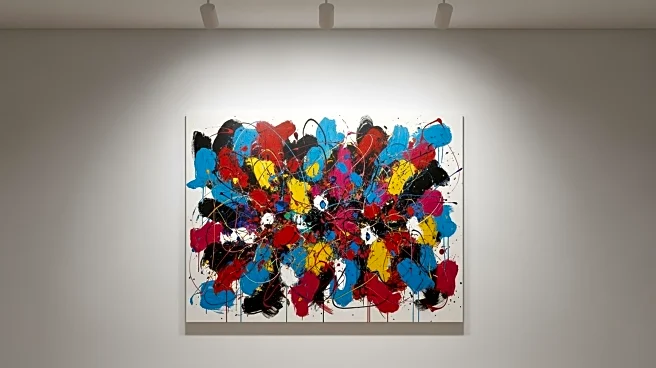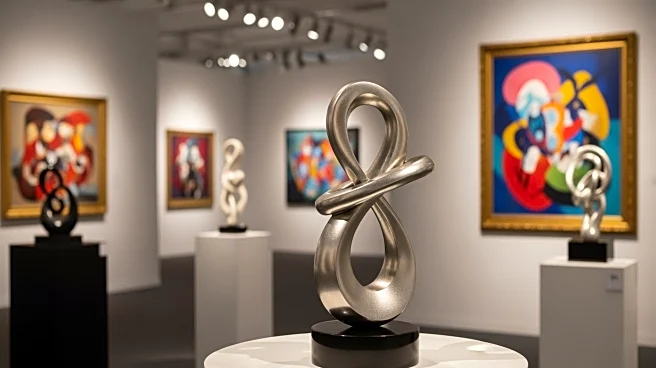What's Happening?
Larry Gagosian is exhibiting a $7 million painting by Peter Paul Rubens at Art Basel Paris, revisiting his affinity for Old Masters. The painting, 'The Virgin and Christ Child, with Saints Elizabeth and John the Baptist,' is displayed alongside works
by contemporary artists such as John Currin and Pablo Picasso. Gagosian's decision to showcase the Rubens painting, which was sold at Sotheby's for $7.1 million in 2020, reflects a renewed interest in Baroque art among modern artists. Art Basel granted special permission for the exhibition, allowing the Rubens to be presented in dialogue with modern and contemporary works.
Why It's Important?
The inclusion of a Rubens painting at Art Basel Paris highlights the enduring influence of Old Masters on contemporary art. It underscores the relevance of historical art in modern artistic discourse, bridging the gap between past and present. This exhibition may attract collectors and art enthusiasts interested in the intersection of historical and contemporary art, potentially influencing market trends. It also demonstrates Gagosian's commitment to curatorial innovation, offering a unique cultural experience that challenges traditional boundaries between art periods.
What's Next?
The exhibition is likely to generate interest among collectors and art historians, potentially leading to increased demand for Old Master works. It may inspire other galleries to explore similar juxtapositions, fostering a deeper appreciation for historical art in contemporary settings. The dialogue between Rubens and modern artists could influence future exhibitions, encouraging curators to create more interdisciplinary showcases. Art Basel's decision to allow the Rubens painting may set a precedent for future exceptions, broadening the scope of artworks displayed at the fair.
Beyond the Headlines
The exhibition raises questions about the role of art fairs in shaping cultural narratives and the potential for commercial galleries to influence art history. It challenges the notion of art periods as distinct entities, suggesting a more fluid understanding of artistic influence. The juxtaposition of Rubens with contemporary artists highlights the evolving nature of art appreciation, encouraging viewers to reconsider the boundaries between historical and modern art.
